CSS 2 (Introduction to Computer Systems)
1/64
There's no tags or description
Looks like no tags are added yet.
Name | Mastery | Learn | Test | Matching | Spaced |
|---|
No study sessions yet.
65 Terms
What is the electronic device that operates under the control of programs stored in its own memory unit?
Computer
What is an electronic device that accepts data as input, and transforms it under the influence of a set of special instructions called Programs, to produce the desired output referred to as information?
Computer
Computer stands for?
Common
Operating
Machine
Primarily/Purposely
Used for
Technology/Technological
Education and
Research
Types of Comptuer:
Supercomputer
Mainframe
MInicomputer
Microcomputer
Mobile device
This is the biggest and most expensive type of computer that can process trillions to quintillions of transactions per second. It is mainly used for scientific and engineering computations.
Supercomputer
These are computers that are able to process billions of calculations and transactions in real-time, securely and reliably. It is critical to commercial databases, transaction servers, and applications.
Mainframe
It is also known as mid-range computer. They are smaller, less expensive, and less powerful than a mainframe or supercomputer. Also, they are used as database servers and webservers.
Minicomputer
They are also known as personal computer composed of a single processor, single-user system.
Microcomputer
It posses lower performance and processing capabilities than a microcomputer.
Mobile Device
Pre-Mechanical Era Computers:
Abacus
Sandboard Abacus
Tally Sticks
Counting Boards
It is the first mechanical calculator. It was invented by the early Babylonians and enhanced by the early Chinese in 4000 BCE. It also comes from the greek work abax or abakos meaning table or tablet which may have originated from the Semitic word abaq, meaning dust.
Abacus
The earliest form of the abacus began as this, mainly used for writing and counting. Merchants would draw lines and use pebbles to represent numbers.
Sandboard Abacus
It consits of a frame with beads or other counters that slide along rods or wires. The beads are manipulated to represent numbers and perform arithmetic computations.
Abacus
An ancient memory aid used to record and document numbers, quantities, and messages. They first appear as animal bones carved with notches during the upper paleolithic era.
Tally Sticks and Counting Boards
They have been used for numerous purposes such as messaging and scheduling, and especially in financial and legal transactions, to the point of being currency.
Tally Sticks and Counting Board
Mechanical Era Computers:
Napier’s Bone
Pascaline
Leibniz Calculator
Jacquard Loom
Difference Engine
Analytical Engine
Invented in 1617 by John Napier, the discoverer of logarithms. It is a manually operated calculating apparatus used for arithmetical operations such as multiplication and division.
Napier’s Bone (1617)
A set of rods (or bones) inscribed with multiplication and division tables.
Napier’s Bone
Invented by Blaise Pascal, a French mathematician and philosopher. A mechanical calculator with gears and dials. Blaise invented this to help his father, a tax commissioner and accountant do the tedious manual work of adding up the books and calculations.
Pascaline (1642)
It could perform addition and subtraction directly; multiplication and division were done through repeated addition or subtraction.
Pascaline
A mechanical calculator built by Gottfried Wilhelm Leibniz. It is an improved version of Pascaline, and the first calculator capable of all four basic arithmetic operations.
Leibniz Calculator (1694)
A digital mechanical calculator known as the stepped reckoner because it used fluted drums instead of gears.
Leibniz Calculator
A mechanical loom invented by Joseph Marie Jacquard. Notable for its ability to create complex pattenrs in textiles using punche cards to control individual warp threads. It played a revolutionary role in the history of computing by introducing the concept of programmable automation.
Jacquard Loom (1804)
Automated the weaving of complex patterns and revolutionized textile production and allowing production of new designs with greater speed and efficiency.
Jacquard Loom
A mechanical machine invented by Charles Babbage. It automatically calculates and print mathematical tables, especially polynomial functions. It played a revolutionary role in the history of computing by introducing the concept programmable automation.
Difference Engine (1822)
The first successful automatic computing machine and remains one of the finest examples of precision engineering of the time.
Difference Engine
Conceptualized in 1837 by Charles Babbage. It included components analogous to modern computers such as the GPU, the memory, and Input/Output devices. It was never completed due to technological and funding limitations, but fully conceptualized.
Analytical Engine (1822)
Electromechanical Era Computers:
Tabulating Machine
Differential Analyzer
Mark 1
Z3
It was invented by Herman Hollerith, an american statistician and the founder of International Business Machine Company (IBM). Furthermore, it is a punch card-based electromechanical tabulator that could compute statistics and record, sort data and information.
Tabulating Machine (1890)
It became the foundation for the data processing industry.
Tabulating Machine and its Punch Card
It was invented by Vannevar Bush and his colleagues. An electromechanical analog computer designed to solve differential equations, specifically by performing integration operations. Used extensively during World War II for calculating artillery trajectories and other complex calculations.
Differential Analyzer (1930s)
Designed to solve differential equations, which are mathematical equations that involve rates of change (Derivatives)
Differential Analyzer
It was planned and built in 1937 by a Harvard student, Howard Aiken. Also known as the IBM Automatic Sequence Controlled Calculator (ASCC). It was one of the first electromechanical computers that was primarily used for U.S. Navy for calculations related to naval operations.
Mark 1 (1937)
A German electromechanical computer designed by Konrad Zuse. It was the world’s first working programmable and fully automatic digital computer primarily used for aerodynamic calculations, specifically statistical analyses of wing flutter, for the German Aircraft Research Institute.
Z3 (1941)
Electronic Era Computers:
First Generation Computers (1940-1950)
Second Generation Computers (1953-1963)
Third Generation Computers (1964-1971)
Fourth Generation Computers (1971-Present)
Fifth Generation Computers (Present and Beyond)
First general-purpose electronic computer using vacuum tubes, larger in size, and limited processing speed.
First Generation Computers (1940-1950)
First Gen Computers:
Electronic Numerical Integrator and Computer (ENIAC)
Electronic Discrete Variable Automatic Computer (EDVAC)
Universal Automatic Computer (UNIVAC)
It made use of transistors instead of vacuum tubes, resulted in computers that were smaller, faster, more reliable, and more energy-efficient than their predecessors.
Second Generation Computers (1953-1963)
Ex: IBM 700/7000 Series
Introduced the integrated circuits (ICs) which enabled the development of the mainframes and mini computers. It utilized operating systems (OS/360) that allowed for running multiple programs and introduced high-level programming languages like FORTRAN, ALGOL, and COBOL
Third Generation Computer (1964-1971)
Single semiconductor chip sets that contained multiple transistors, resistors, and capacitors.
Integrated Circuits (ICs)
Types of ICs:
Digital ICs
Analog ICs
Microcontrollers
Microprocessors
Memory ICs
Made use of microprocessors and very large scale (VLSI) of technology. The generation of microcomputers also known as personal computers. It offered user interfaces (including graphical user interfaces or GUIs), larger storage capacities faster processing speeds, and greater reliability.
Fourth Generation Computers (1971-Present)
Characterized by their use of artificial intelligence (AI) and ultra-large-scale integration (ULSI) technology.
Fifth Generation Computers
Fifth Generation computers are capable of:
Quantum computing
Cloud computing
Edge computing
Internet of Things (IoT)
Wearables
Ubiquitous computing
She was a pioneering mathematician and writer, best known for her work on Charles Babbage’s Analytical Engine. She created the first algorithm intended to be processed by a machine.
Augusta Ada Byron King-Noel, Countess of Lovelace (1815-1852)
Invetor of Analytical Engine, Concept of Programmability, and Precursor to Modern Computing.
Charles Babbage
Considered as the father of computer science and aritificial intelligence (AI) due to his groundbreaking work in theoretical computer science, logic, and the conceptual foundations of computing and intelligence.
Alan Mathison Turing
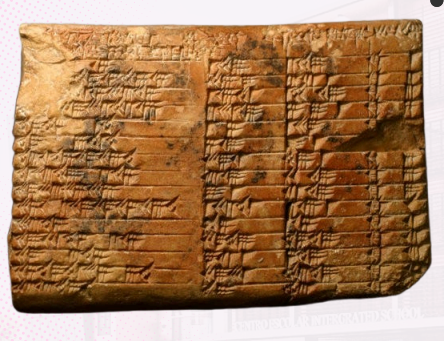
Sandboard Abacus

Abacus
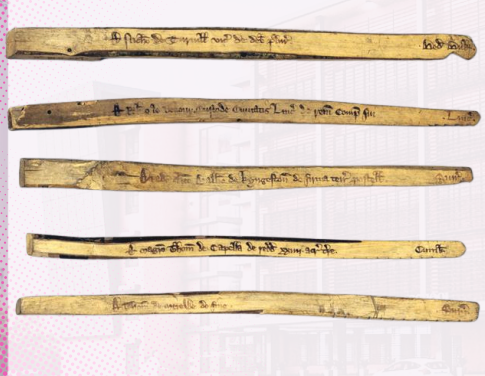
Tally Sticks and Counting Board
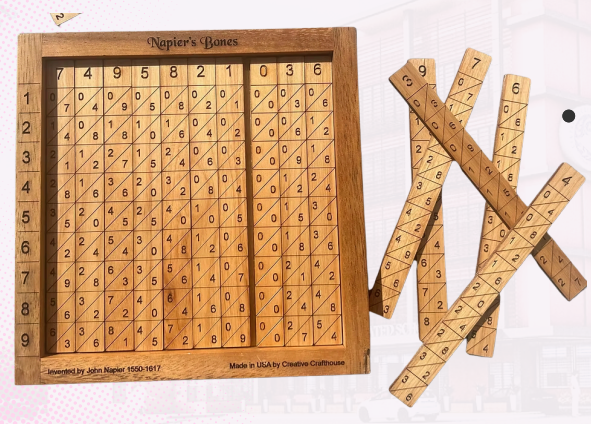
Napier’s Bone
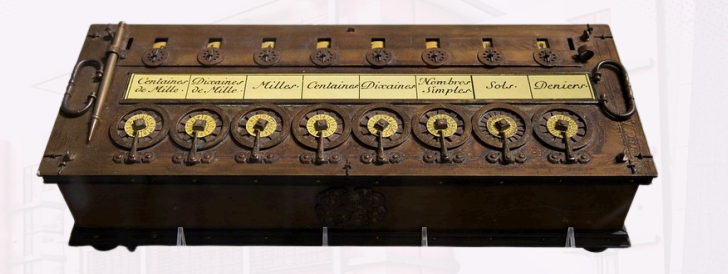
Pascaline

Leibniz Calculator
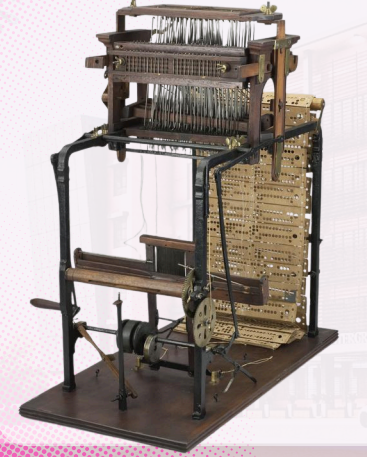
Jacquard Loom
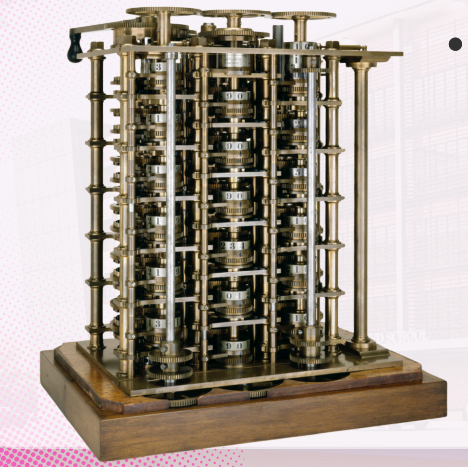
Difference Engine
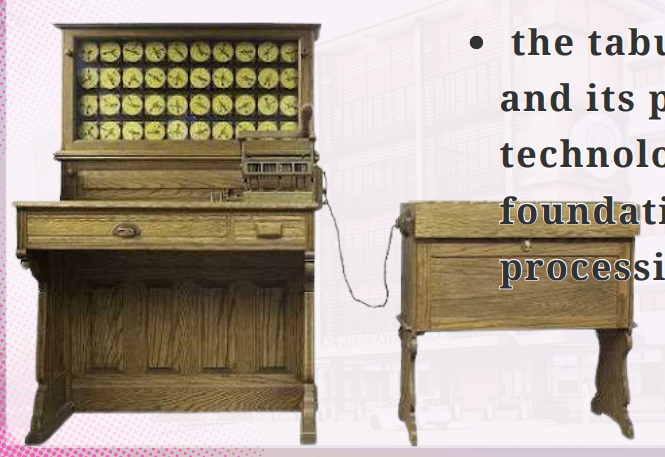
Tabulating Machine
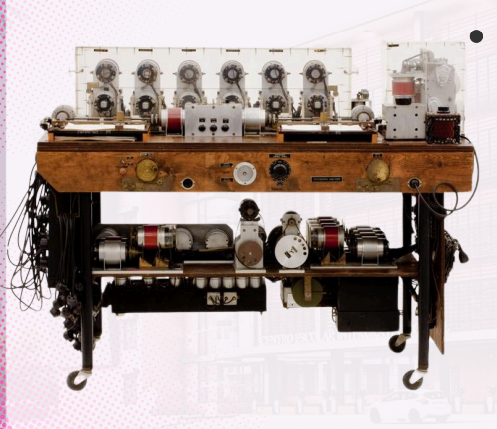
Differential Analyzer
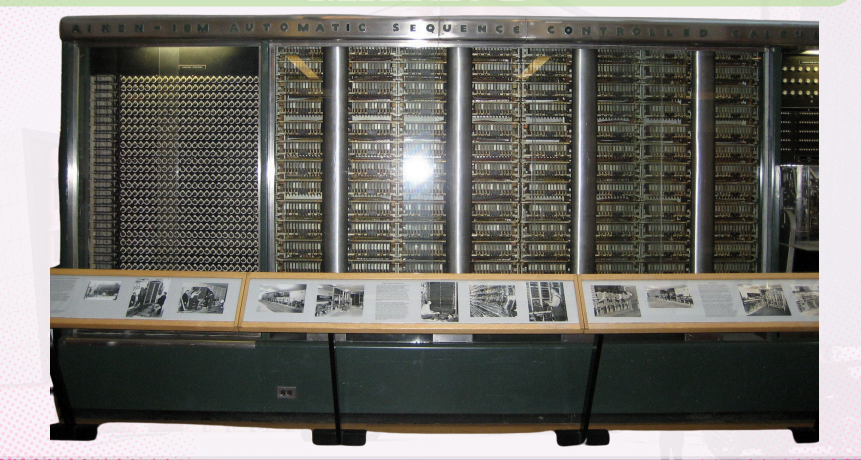
Mark 1
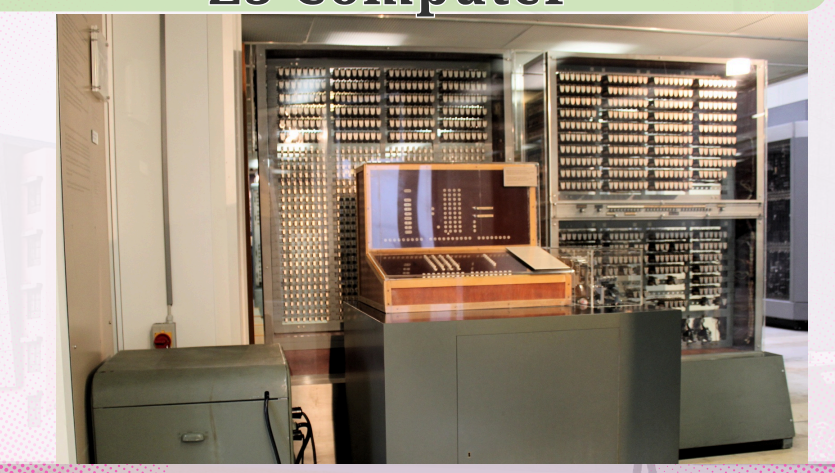
Z3 Computer
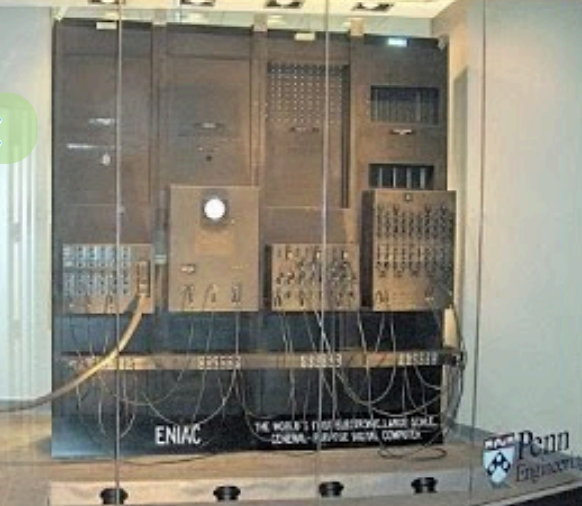
EDVAC
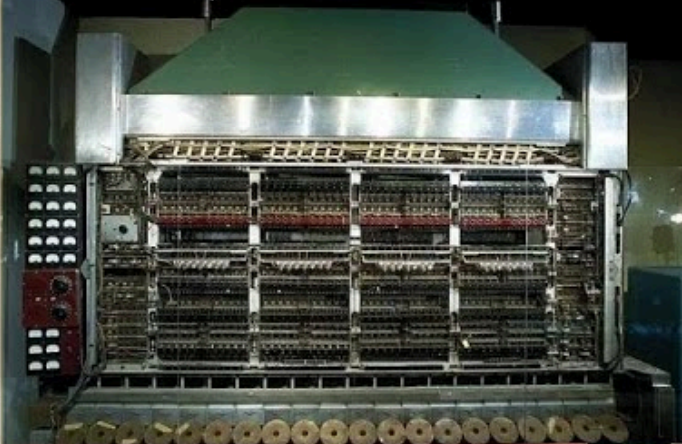
ENIAC
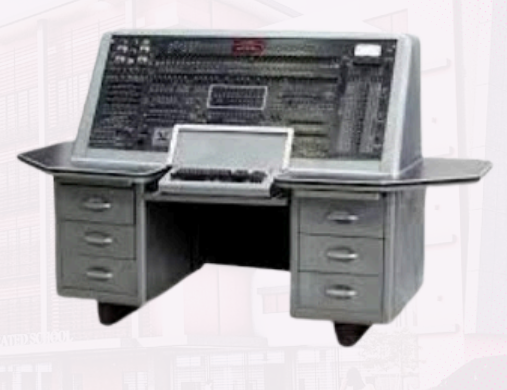
Univac
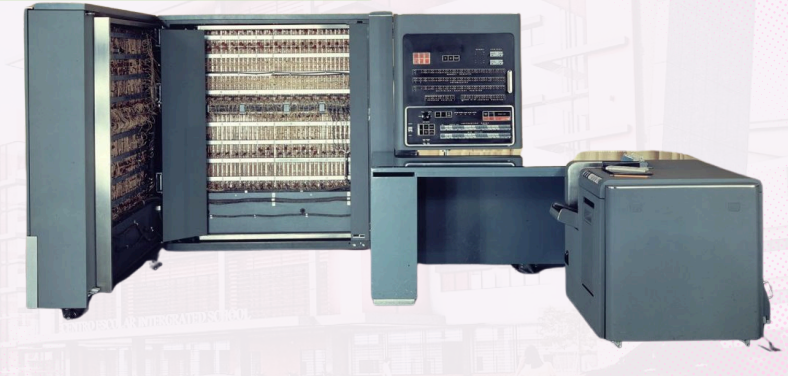
IBM 700/7000 Series
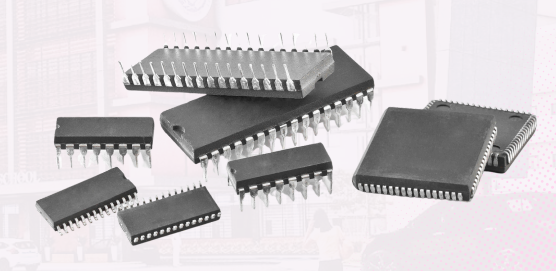
Integrated Circuits
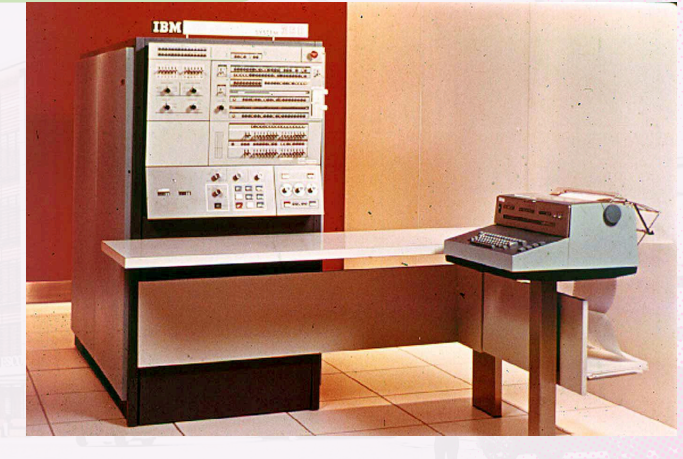
IBM S/360